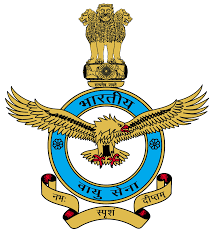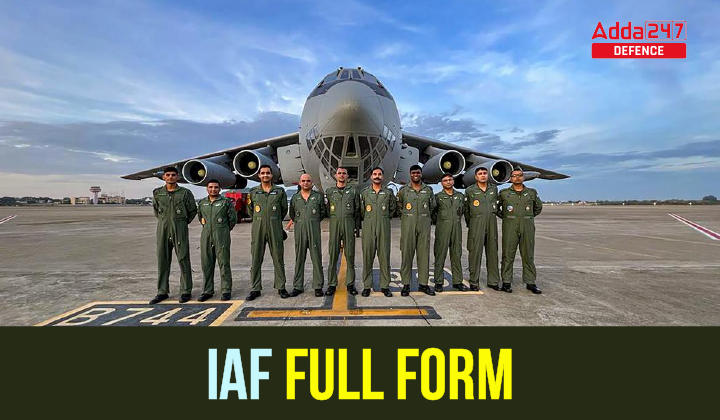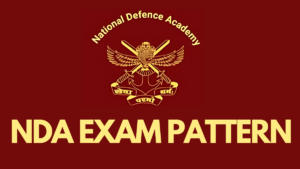IAF Full Form
IAF stands for Indian Air Force. IAF is the air arm of Indian Defense, Owing to the number of Personnel and Aircraft assets it ranks fourth among the Air Forces of the World. The President of India holds the rank of Supreme Commander of the IAF. The Chief of the Air Staff, an air chief marshal, is a four-star officer and is responsible for the bulk of operational command of the Air Force. The headquarters of the Air Force is Integrated Defense Headquarters in New Delhi.The Indian Air Force has over 1,500 aircraft and over 1,80,000 soldiers.
IAF Full Form: IAF History
The Indian Air Force (IAF) has a rich and illustrious history that dates back to its formation on 8th October 1932 as the Royal Indian Air Force. Initially established as an auxiliary air force under the British Empire, it played a crucial role during World War II.
During the war, the Royal Indian Air Force actively participated in various operations, including providing air support in Burma, defending India against Japanese air attacks, and carrying out reconnaissance missions. The IAF’s contribution during this period laid the foundation for its growth and development as an independent air force.
After India gained independence from British rule in 1947, the Royal Indian Air Force became the Indian Air Force, reflecting its new national identity. Since then, the IAF has played a significant role in safeguarding India’s sovereignty and maintaining peace in the region.
Over the years, the Indian Air Force has undergone modernization and expansion, acquiring advanced aircraft, helicopters, and equipment. It has evolved into a technologically advanced and formidable air force, capable of conducting various missions, including air defence, aerial warfare, strategic bombing, reconnaissance, and humanitarian assistance.
The IAF has been involved in several military operations and conflicts, demonstrating its prowess and professionalism. Notable among these are the Indo-Pakistan wars of 1947, 1965, 1971, and the Kargil War in 1999. The IAF has consistently showcased its air superiority, precision strike capabilities, and quick response in defending the nation’s airspace.
Apart from its military responsibilities, the Indian Air Force also plays a vital role in nation-building activities. It actively participates in disaster relief operations, airlifting personnel and supplies during natural calamities, and providing medical assistance in remote areas.
all information about indian air force pdf
IAF Full Form: IAF Motto
The Motto of the Indian Air Force has been taken from the eleventh chapter of the Gita, the Discourse given by Lord Krishna to Arjuna on the battlefield of Kurukshetra during the Great War of Mahabharata. This is symbolic of the Divine form of Lord Krishna, reaching up to the sky and instilling a sense of bravery and courage in Arjuna. Air Force has taken this divine lesson and etched it in Heart making true every word of it by challenging the adversaries with its Power and Glory.
IAF Full Form: IAF Logo

The IAF Logo showcases The national emblem of India The Ashoka Capital with Satyamev Jayate written on it which means Truth always wins, below it is a Himalayan Eagle with its wings spread which signify the fighting qualities of the Indian Air Force, and the circle surrounding it has Bhartiya Vayu Sena written on it in Devnagri Script. The Scroll placed below shows the Motto of the Indian Air Force which says Touch The Sky With Glory.
IAF Full Form: IAF Organization
The air force is divided into five operational and two functional commands. Each command is supervised by an Air Officer Commanding-in-Chief with the rank of Air Marshal. The purpose of an operational command is to conduct military operations using aircraft within its area of responsibility, and functional command’s responsibility is to maintain combat readiness.
- Western Air Command
- Eastern Air Command
- Central Air Command
- South Western Air Command
- Southern Air Command
- Training Command
- Maintenance Command
IAF Full Form: IAF Important Operations
Indian Air Force since its inception has always brought glory and pride to the nation, not only in warfare but in peacekeeping and rescue operations it always performed exceptionally.
IAF was engaged in 4 wars with Pakistan and one war with China, The major operations undertaken by IAF are Operation Vijay, Operation Meghdoot, Operation Cactus and Operation Poomalai.
Operation Vijay
Operation Vijay was carried out from 17 to 19 December 1961 for the liberation of Goa which was ruled by the Portuguese then this was India’s first Tri-Service ‘Integrated’ operation that resulted in the liberation of Goa, Daman, Diu, Dadra and Nagar Haveli.
Operation Meghdoot
Operation Meghdoot was the codename for the Indian Armed Forces’ operation to seize control of the Siachen Glacier in Kashmir, it was carried out on 13 April 1984. Meghdoot was the first military offensive of its kind.
Operation Cactus
Operation Cactus was India’s military prowess exhibition to the world which aimed at helping the Maldives to suppress a coup launched by mercenaries. it resulted in close nit bound of India and Maldives.
Operation Poomalai
IAF Full Form: IAF Mission
According to the Air Force Act of 1950, the Mission of the Air Force is” Defence of India and every part thereof including preparation for defence and all such acts as may be conducive in times of war to its prosecution and after its termination to effective demobilisation “


 Important Topics to Score 300+ in NDA GA...
Important Topics to Score 300+ in NDA GA...
 NDA Exam Pattern 2025 for GAT and Maths
NDA Exam Pattern 2025 for GAT and Maths
 How to Crack NDA Exam in the First Attem...
How to Crack NDA Exam in the First Attem...
